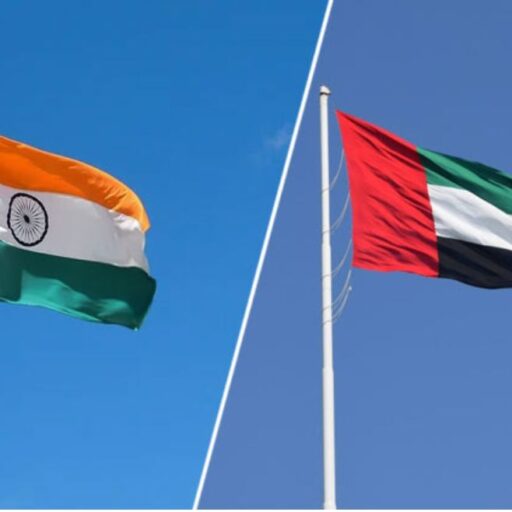The president of Myanmar, Thein Sein, and the opposition leader, Aung San Suu Kyi, visited the United States of America in September for seven and 17 days respectively. While the adulation bestowed on Suu Kyi was only to be expected, the coverage given to Thein Sein was surprising but deservedly high. His visit was a message to the international media that, along with Suu Kyi, he is a pivot around whom the transformation of Myanmar revolves. Suu Kyi’s narration of her tribulations generated immense emotion and interest, but in his quiet and understated manner, Thein Sein built on that interest to explain the great complexities of political transition in his country.
Thein Sein’s role in Myanmar’s political reawakening is as important as Suu Kyi’s, and they appear to recognize that they need one another. They have worked in tandem to persuade the Americans to ease the trade embargo. Suu Kyi has legitimized Thein Sein’s authority, and the president’s biggest challenge is to carry the uncompromising elements of the Myanmar military leadership along with him as he presses ahead with the democratic reforms that he says are irreversible. One of his advisers is the acclaimed author and political commentator, Thant Myint-U.
It seems that there is growing convergence in the approaches of both leaders. In the run-up to Suu Kyi’s visit, Thein Sein granted amnesty to more than 500 prisoners, some of whom were political prisoners. Suu Kyi toned down the hard line she had adopted earlier and called on the US government to lift sanctions, and received promises of a gradual lifting of the import ban on goods from Myanmar. Speaking at the United Nations general assembly, Thein Sein congratulated Suu Kyi on the international recognition received by her for her efforts to promote democracy, and referred to her as the chairperson of the rule of law and stability committee of parliament, a subtle reference to drive home the point that the ongoing reform programme did not lack credibility.




